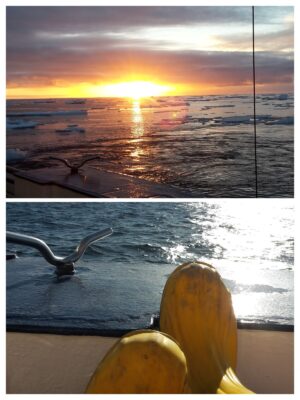The cryosphere blog is taking a summer break but not without first providing you with your beach/airplane/train/fieldwork/balcony summer reading list to make you miss us a tiny bit less. Continue reading this post to explore some summer inspiration. Like a lot of northern countries who take long summer breaks to enjoy the long hours of light (midnight sun) after a dark winter, the Cryoblog is also ...[Read More]
Did you know… the difference between sea-ice area and sea-ice extent?
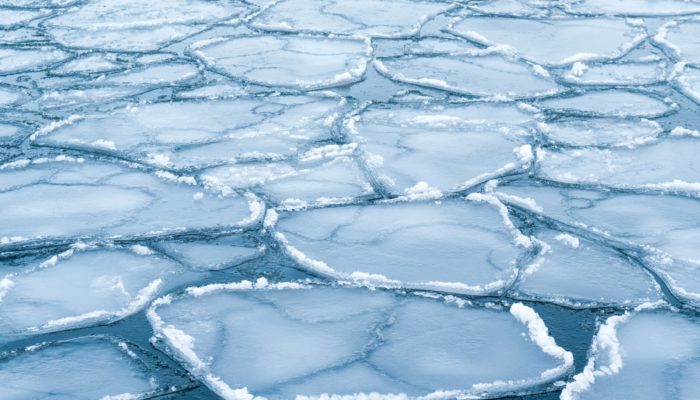
At the beginning of March, just over a month ago, sea ice in the Arctic reached its annual maximum extent. As currently all media attention is focused on other news, you might have missed that, once again, this maximum fell below the 1981 to 2010 average maximum extent. When reading headlines about such sea-ice facts, you may have been confused by the seemingly interchangeable use of “sea-ice exte ...[Read More]
Radiocarbon rocks! – How rocks can tell us about the history of an ice sheet…
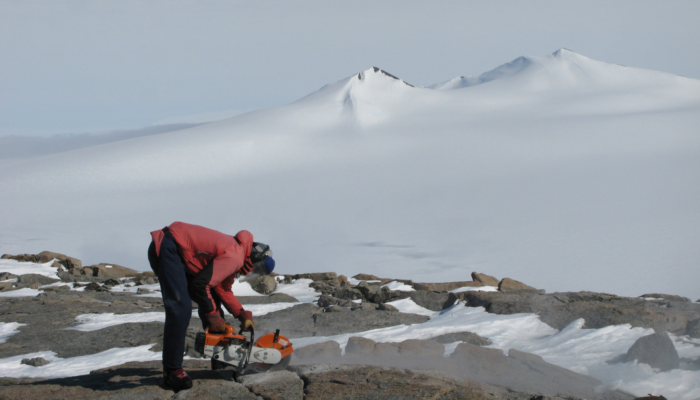
When most people hear the phrase “radiocarbon dating”, they think of measuring carbon to date organic material. But did you know that carbon is also produced within rocks, and that we can use it to learn about the past behaviour of a glacier? About 20,000 years ago it was colder and large parts of the continents were covered by ice. But what did Antarctica – the largest ice mass ...[Read More]
Climate Change & Cryosphere – The fate of Georgian Glaciers
Display "The fate of Georgian Glaciers" from YouTube Click here to display content from YouTube. Learn more in YouTube’s privacy policy. Always display content from YouTube Open "The fate of Georgian Glaciers" directly Last week, we learned about the dramatic fate of the Hochjochferner, which has strongly retreated in the past years due to climate change. It represented just on ...[Read More]
Did you know…? Antarctica Day 2019 – 60 years of peace
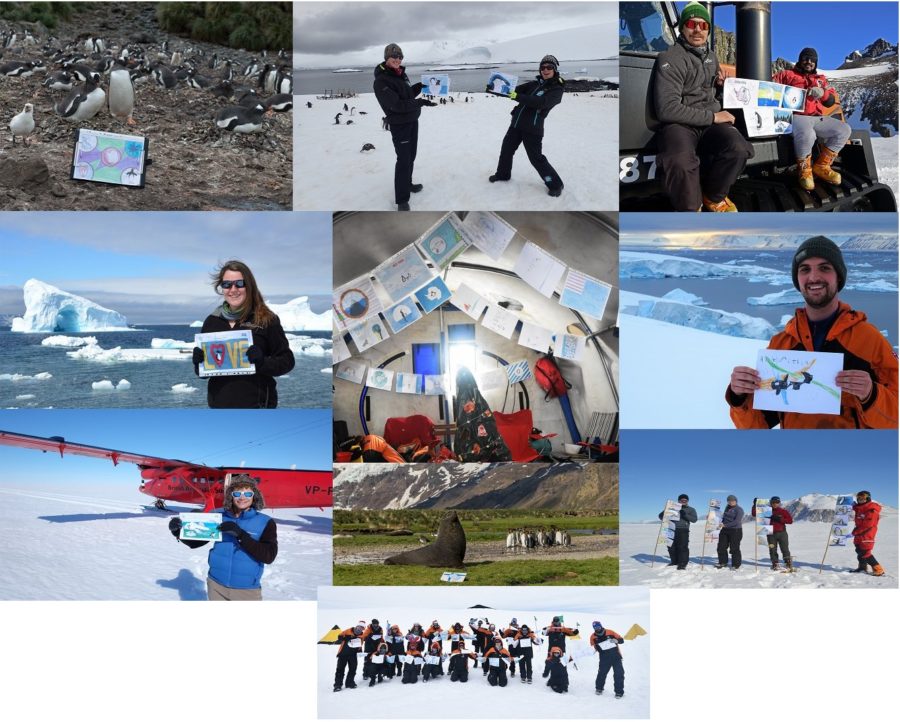
December 1st 2019 marks the 60th anniversary of the signing of the Antarctic treaty. To celebrate the signing of the treaty, ‘Antarctica Day’ now occurs each year on December 1st. But what is the Antarctic Treaty? How do people celebrate? This week’s blog post will tell you everything you need to know, just in time for celebrations! Antarctic Treaty The Antarctic Treaty was originally signed by 12 ...[Read More]
Cryo-Comm – Degrading Terrains
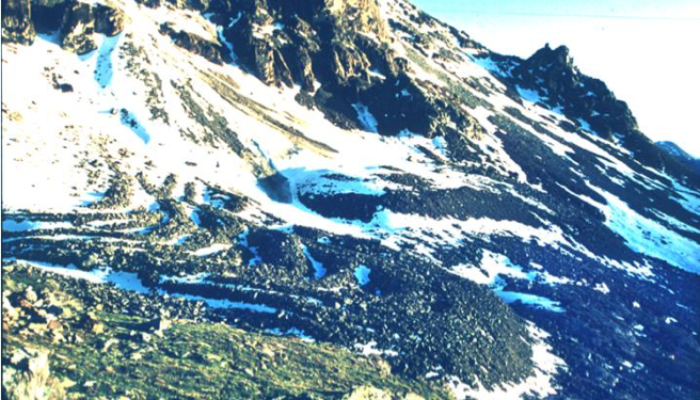
Beneath dusted peaks of mountain dew A dense and rigid backcloth skulks, Worn down and compacted with Fractured decades of aged powder; Trodden into rocky outcrops To lie barrenly against This frozen, ancient soil. Subtle shifts of these forgotten rocks Ripple across subterranean sediments, Dislodging once-stable foundations That now cascade like an ocean; Echoing across the fragile firmame ...[Read More]
Surviving in cold environments: from microbes under glaciers to queer scientists in the current social context
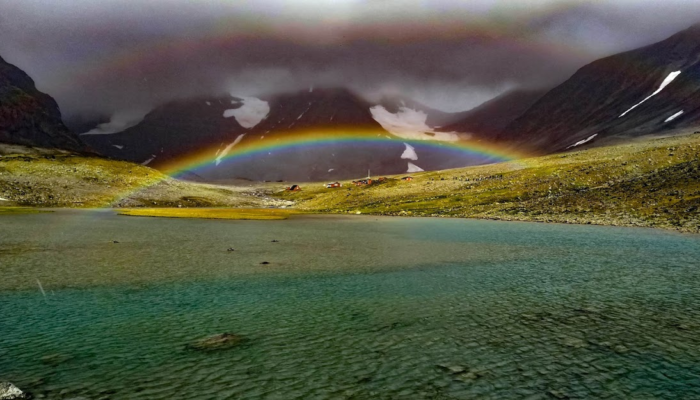
On the 5th of July we will celebrate the International Day of LGBTQ+ (lesbian, gay, bisexual, transsexual, queer, and people that do not identify themselves as cis and/or straight) People in Science, Technology, Engineering, and Maths (STEM). Many people will ask: “Why is this day important?” Being a queer scientist in particular, and a queer person in general, can sometimes reminds us of how livi ...[Read More]
Image of the Week – Kicking the ice’s butt(ressing)
Changes in the ice shelves surrounding the Antarctic continent are responsible for most of its current contribution to sea-level rise. Although they are already afloat and do not contribute to sea level directly, ice shelves play a key role through the buttressing effect. But which ice shelf regions are most important for this? The role of ice-shelf buttressing In architecture, the term “buttress” ...[Read More]
Image of the Week — Into Iceberg Alley
Crew in hardhats and red safety gear bustle about, preparing our ship for departure. A whale spouts nearby in the Straits of Magellan, a fluke waving in brief salute, before it submerges again. Our international team of 29 scientists and 2 science communicators, led by co-Chief Scientists Mike Weber and Maureen Raymo, is boarding the JOIDES Resolution, a scientific drilling ship. We’re about to jo ...[Read More]
Image of the Week – The solid Earth: softer than you might think!
Global sea level is rising and will continue to do so over the next century, as has once again been shown in the recent IPCC special report on 1.5°C. But did you know that, in some places of our planet, local sea level is actually falling, and this due to rising of the continent itself?! Where is this happening? In places where huge ice sheets used to cover the land surface during the last ...[Read More]

